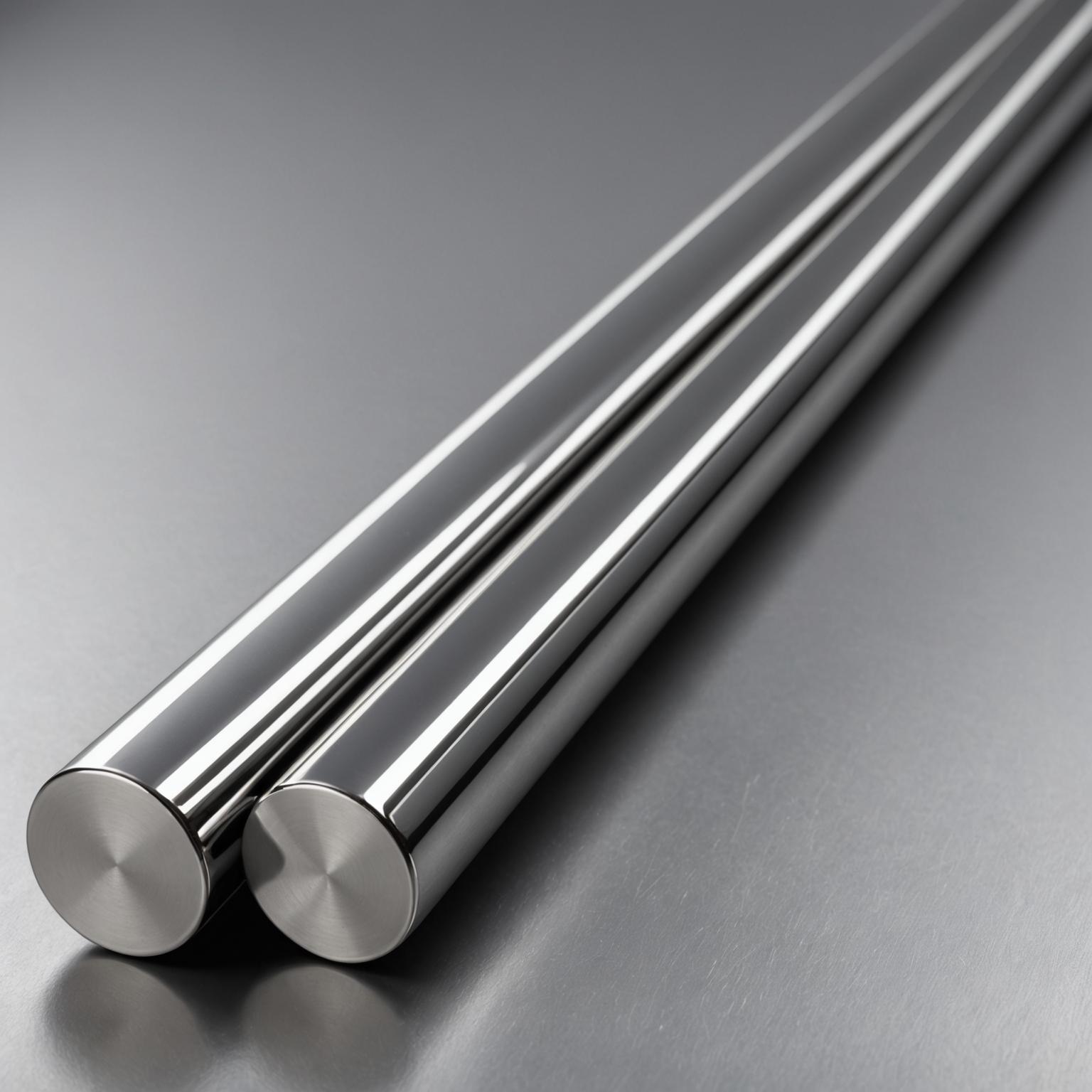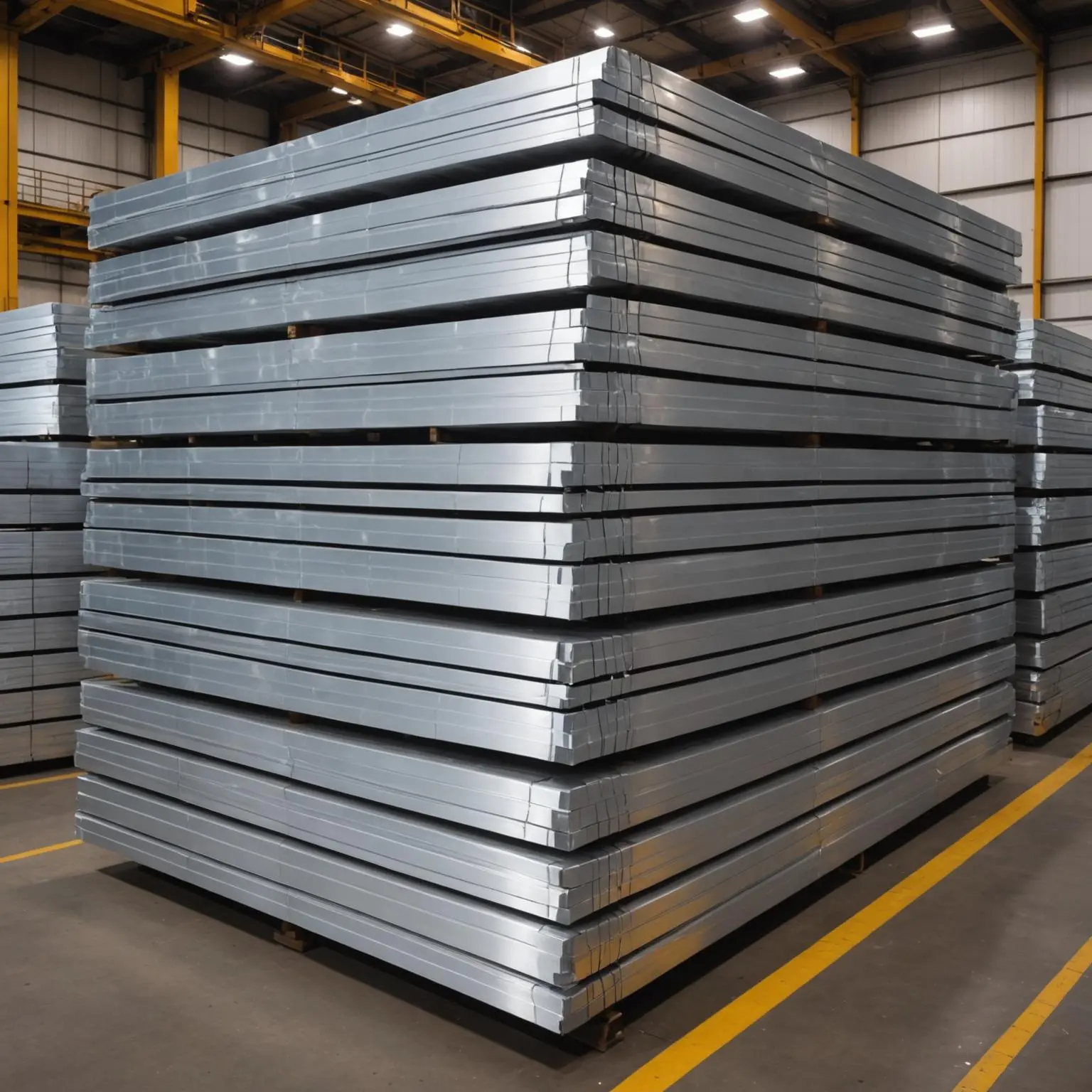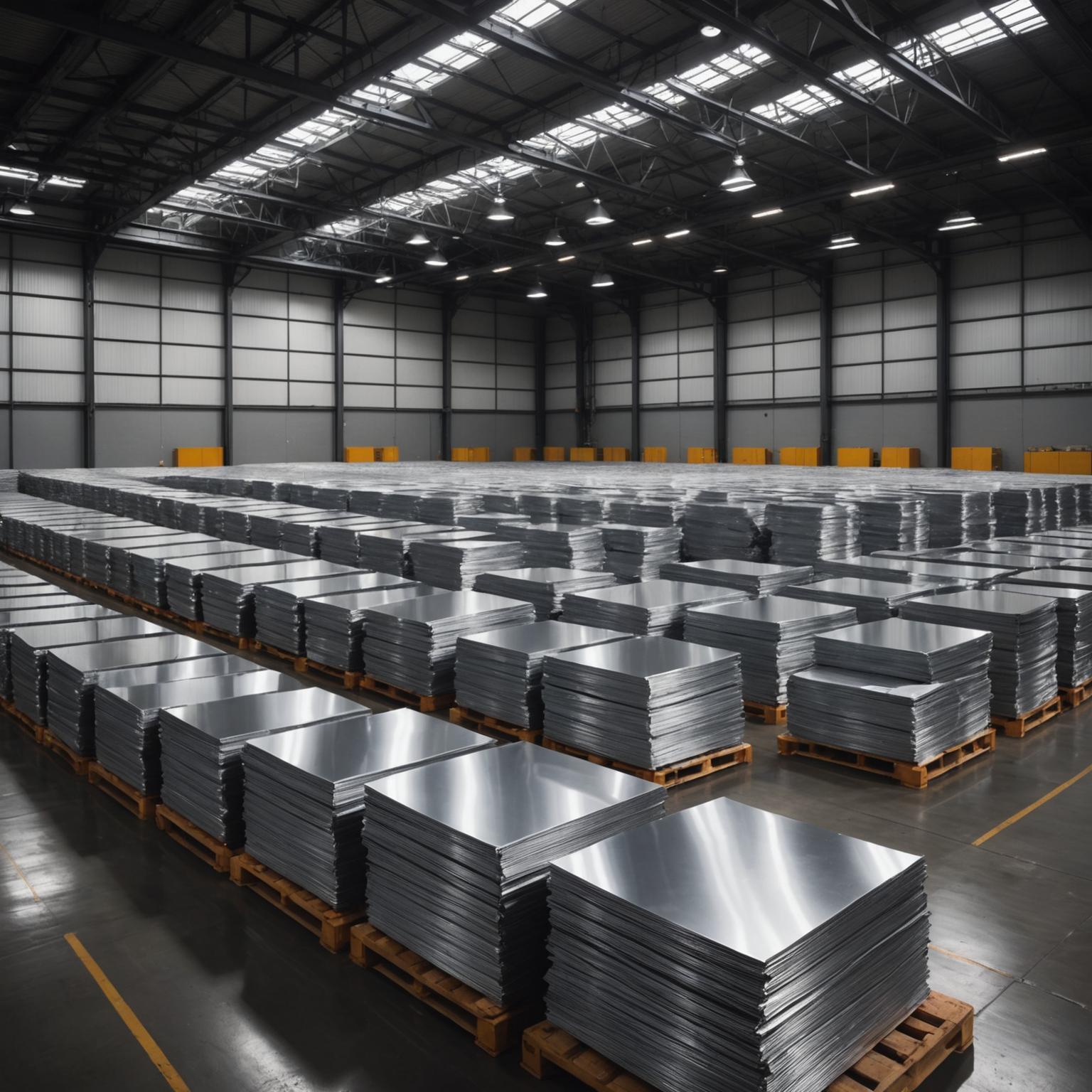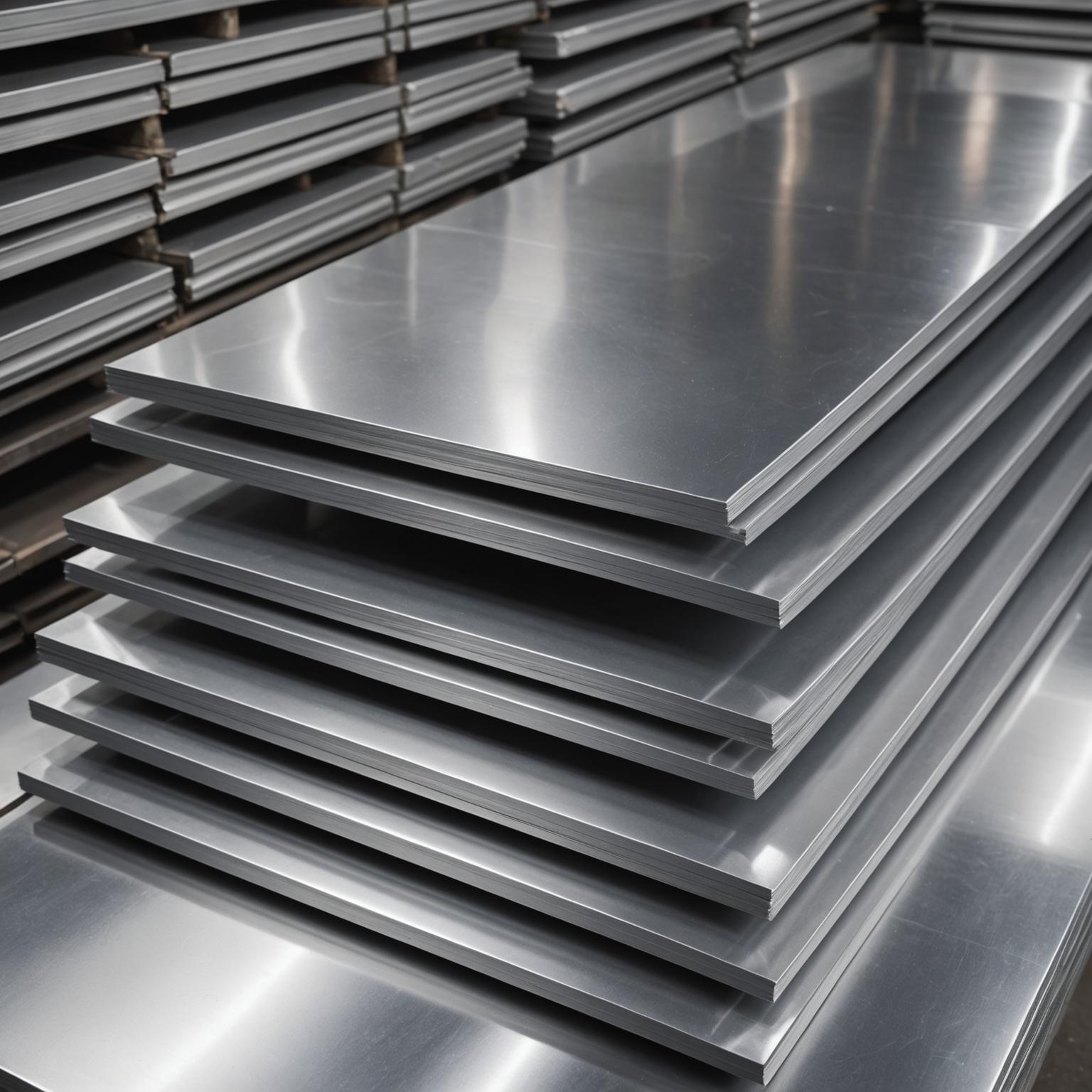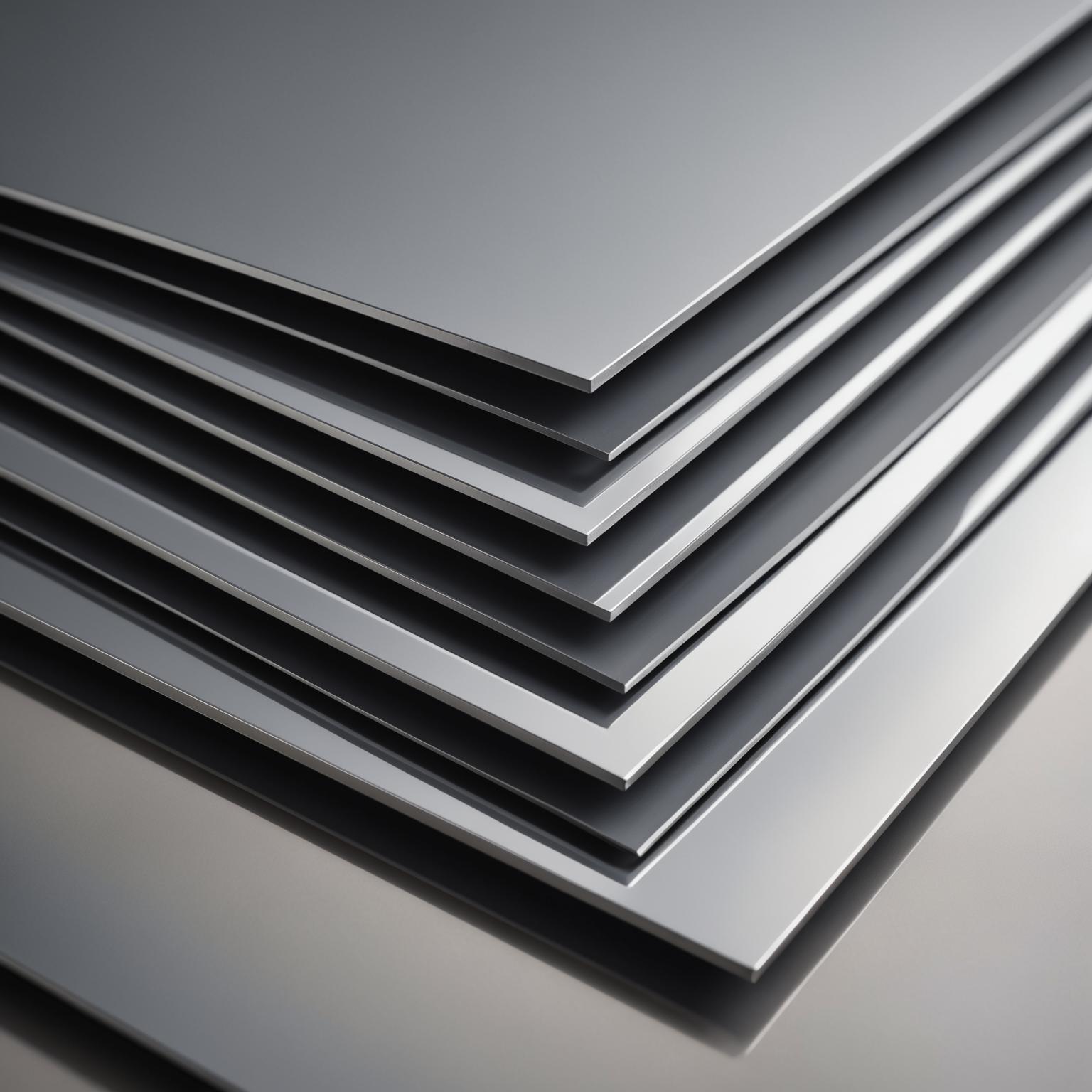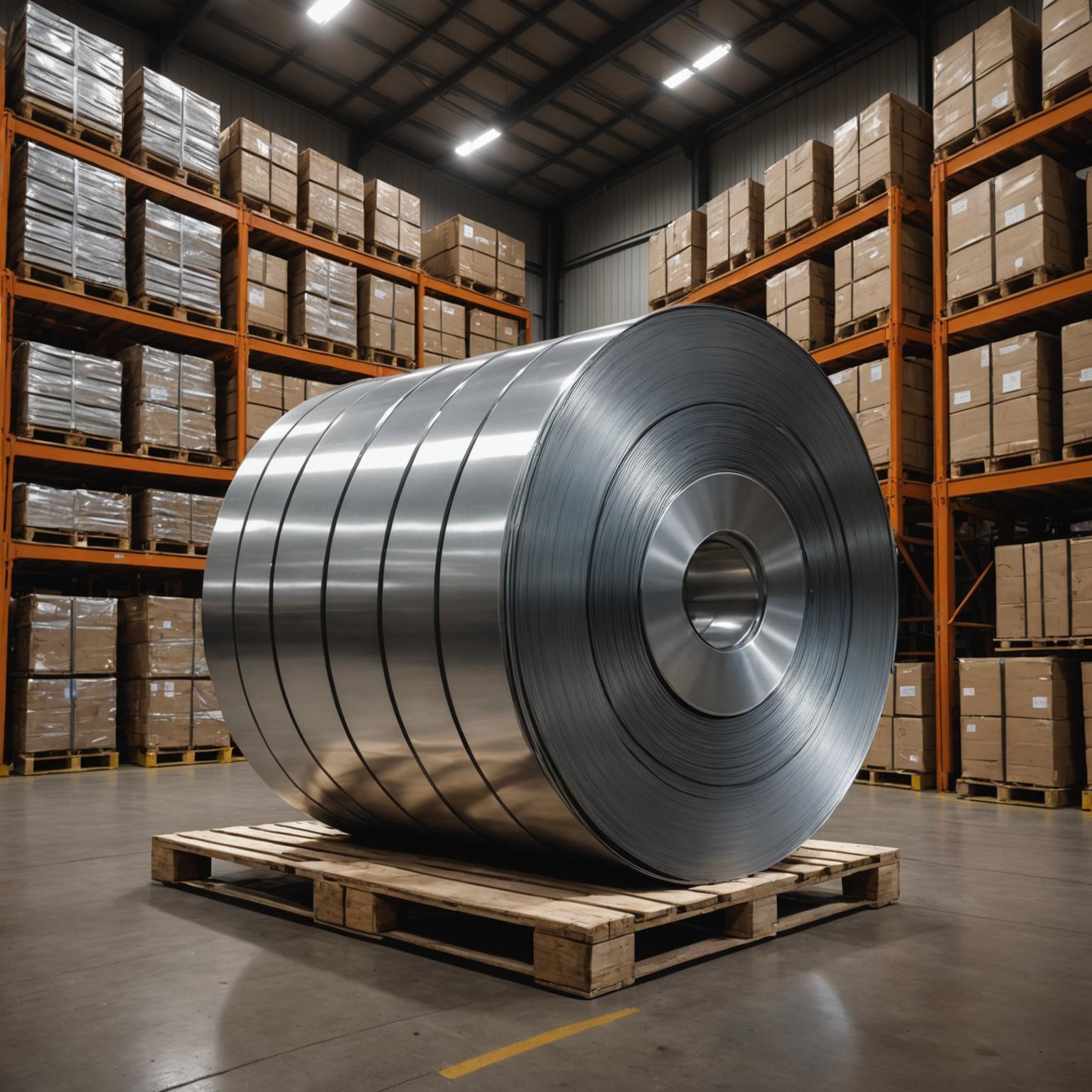When selecting materials for architectural, commercial, or residential projects, the choice between polished and brushed stainless steel sheets is a common yet critical decision. This choice extends beyond mere aesthetics; it directly influences the durability, maintenance requirements, and overall lifespan of the finished product. Understanding the fundamental differences between these two popular finishes is the first step toward making an informed decision that balances visual appeal with long-term performance, ensuring your investment remains beautiful and functional for years to come.
What Defines Polished and Brushed Finishes?
Before we delve into a comparison of lifespan, it's essential to understand what each finish entails. A polished finish, often referred to as a mirror finish, is created through a meticulous process of grinding and buffing the steel's surface until it becomes highly reflective. The result is a smooth, non-porous surface that gleams like a mirror, exuding a sense of luxury, cleanliness, and modernity. This finish is popular for decorative accents, high-end trim, and applications where a striking visual impact is desired. In contrast, a brushed finish is created by abrading the steel's surface with a fine-grit belt or wheel, which imparts a pattern of very fine, parallel lines. This process results in a satin-like, non-reflective surface with a distinct grain. The brushed look is prized for its subtle elegance, industrial chic aesthetic, and its remarkable ability to conceal minor imperfections.
A Direct Comparison of Lifespan and Durability
The true test of a material's worth is how it performs over time. When conducting a comparison of lifespan of these two finishes, several factors come into play. Both finishes are derived from high-grade stainless steel, which possesses an advanced alloy composition that provides exceptional inherent resistance to corrosion and rust. This is due to the passive chromium oxide layer that forms on the surface. However, the smoothness of a polished surface can offer a marginal advantage, as there are fewer microscopic crevices where corrosive particles can lodge. The most significant difference in practical lifespan comes down to scratch resistance and visibility. A polished finish, with its flawless surface, is highly susceptible to showing fingerprints, smudges, and especially scratches. Even a minor scuff can be glaringly obvious on a mirror-like surface, potentially compromising its aesthetic integrity in high-traffic areas. On the other hand, the very nature of a brushed finish is designed to mask wear and tear. The existing grain helps camouflage minor scratches and scuffs, allowing the material to maintain its intended look for much longer in environments where physical contact is common.
Choosing the Right Finish for Your Application
Your project's specific needs and environment should guide your selection. A polished finish is an excellent choice for applications where it can be admired without being subjected to constant handling or potential abrasion. Think of it for ceiling panels, wall accents, decorative trim in a low-traffic lobby, or specific components on high-end appliances that are not frequently touched. In these controlled settings, its stunning appearance can be preserved, maximizing its aesthetic lifespan. Conversely, a brushed finish is the pragmatic and durable choice for nearly any high-contact application. It is the industry standard for kitchen appliances, backsplashes, elevator doors, commercial countertops, and public fixtures. Its ability to hide daily wear makes it incredibly forgiving and reduces the anxiety associated with maintaining a pristine appearance. When sourcing polished and brushed stainless steel sheets, consider the daily life of the surface you are creating.
Maximizing the Lifespan: Care and Restoration Tips
Proper maintenance is key to extending the life of either finish. For polished stainless steel, cleaning should be done with a soft microfiber cloth and a non-abrasive, streak-free cleaner to avoid creating micro-scratches that can dull the surface over time. Restoring a deep scratch on a polished surface is often difficult and may require professional re-polishing. Brushed stainless steel is more forgiving. It should be cleaned with a mild detergent, and it's crucial to wipe in the direction of the grain to avoid cross-hatching marks. One of the major advantages for its long-term use is that minor scratches can often be blended back into the surface by a skilled hand using a very fine abrasive pad, effectively renewing its appearance and extending its functional aesthetic life significantly.
Making the Final Decision
Ultimately, the debate between polished and brushed stainless steel sheets is not about which is superior overall, but which is superior for your specific needs. The polished finish offers unparalleled brilliance and a high-end look that is perfect for protected, decorative applications. Its lifespan is defined by its ability to remain flawless. The brushed finish provides a sophisticated, modern look combined with practical durability, making its lifespan more robust in everyday, high-use environments. By carefully considering the application, expected traffic, and maintenance commitment, you can confidently select the finish that will not only meet your design vision but will also deliver the longevity and performance your project deserves.



